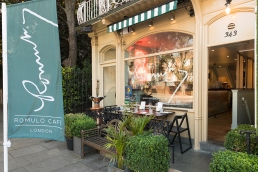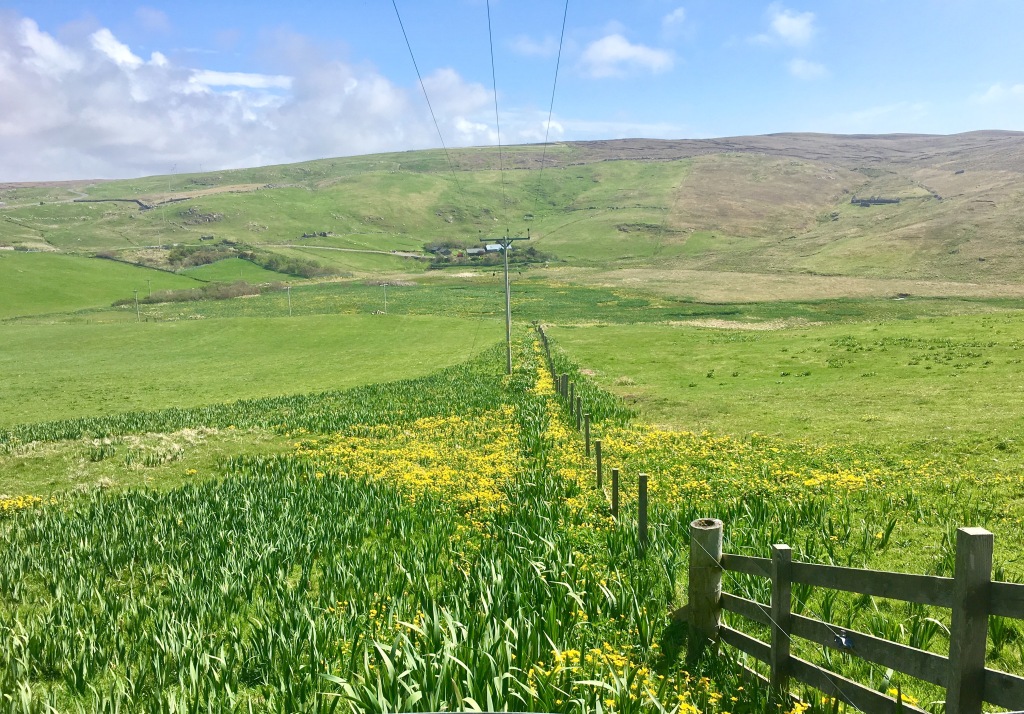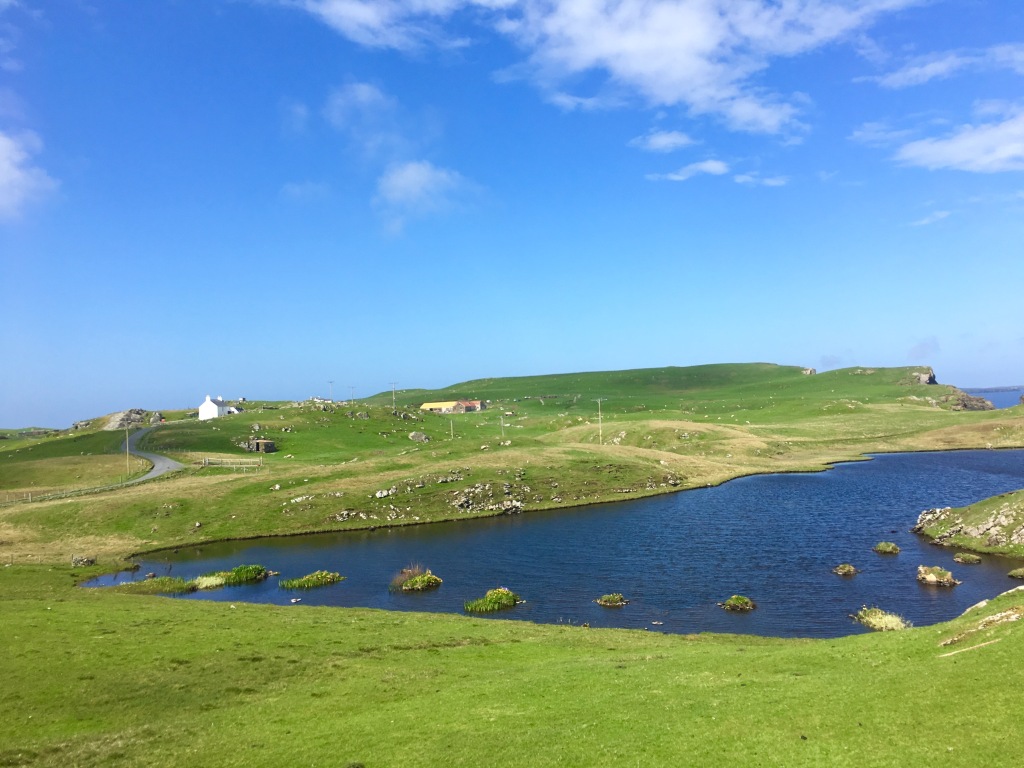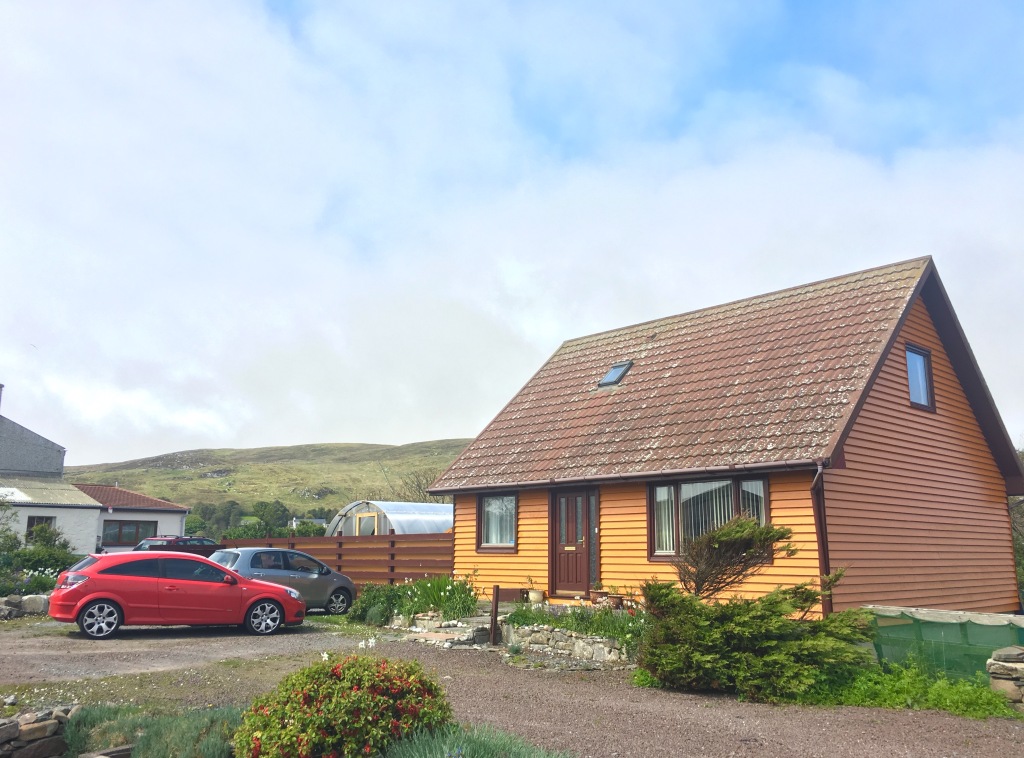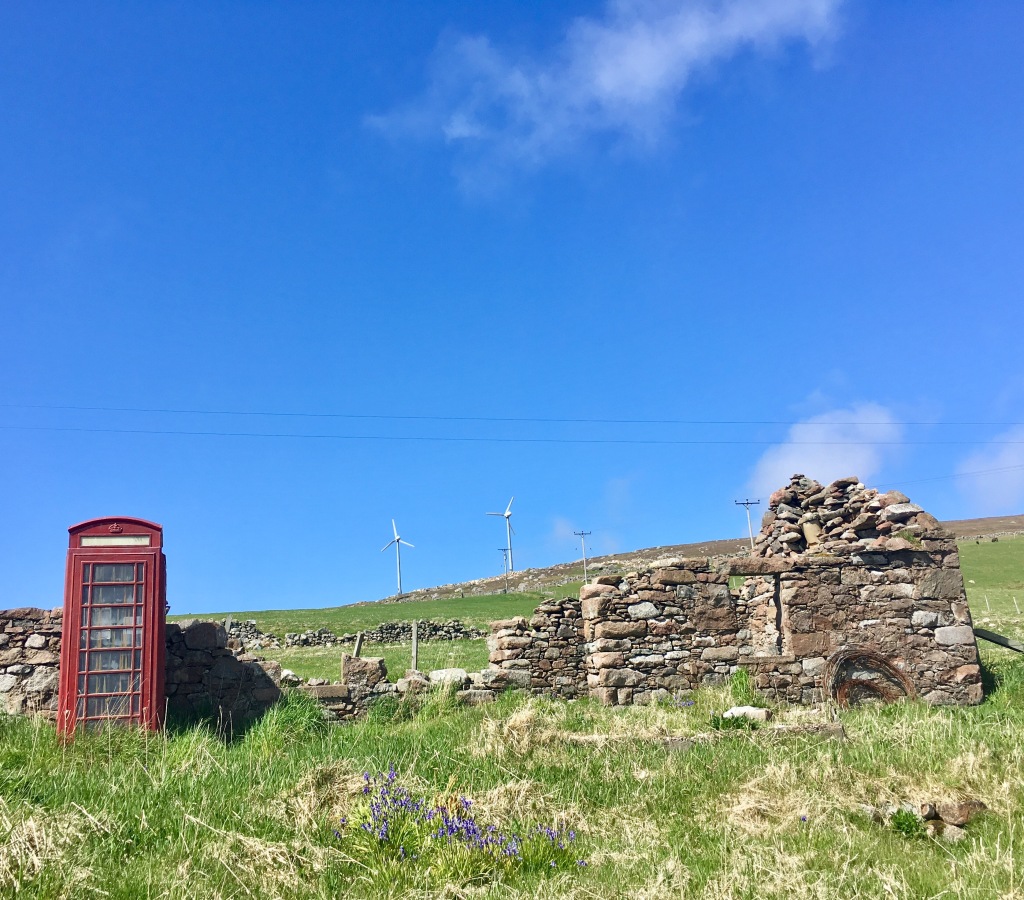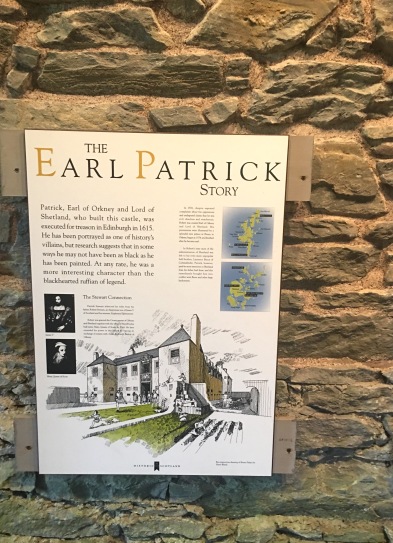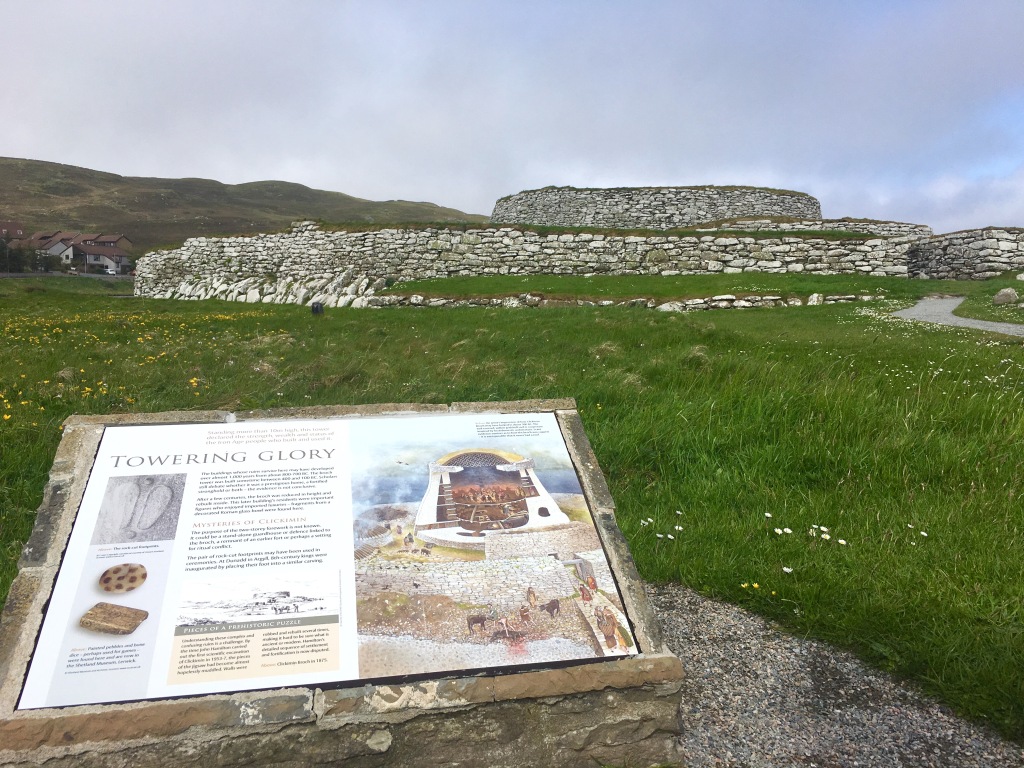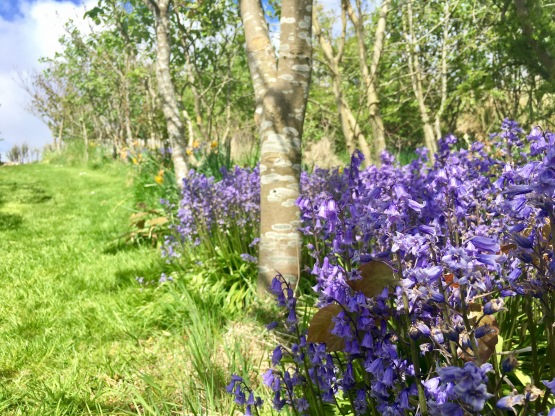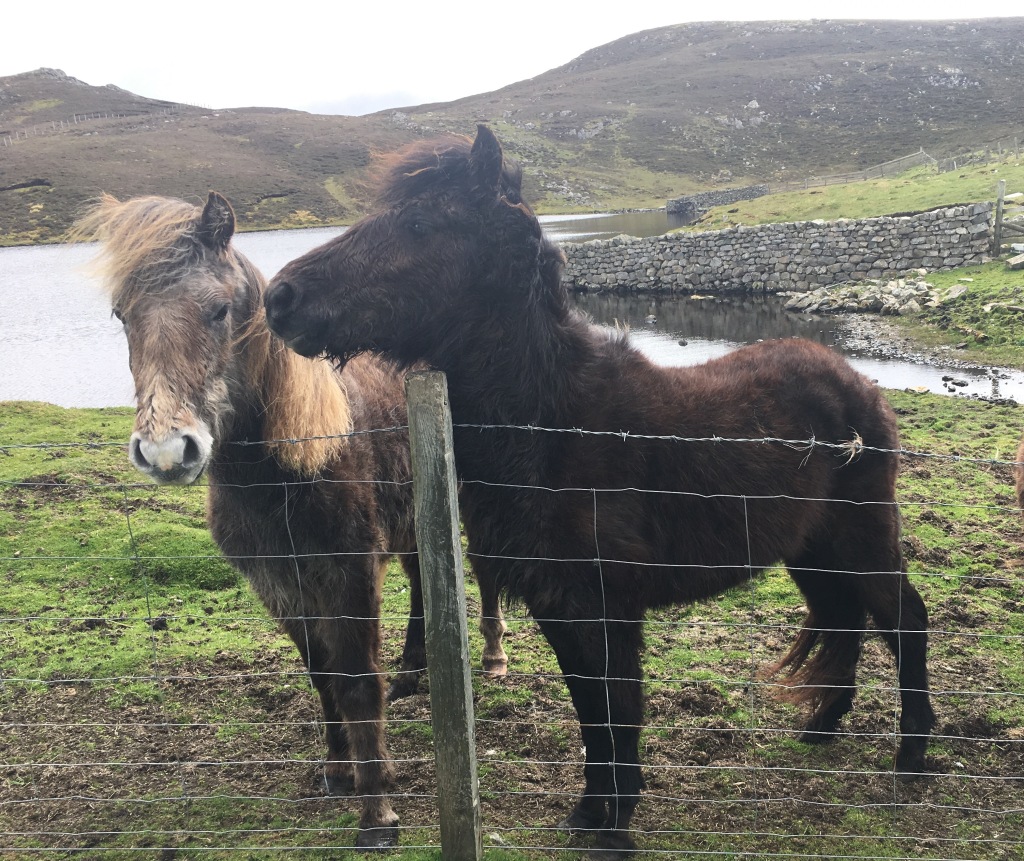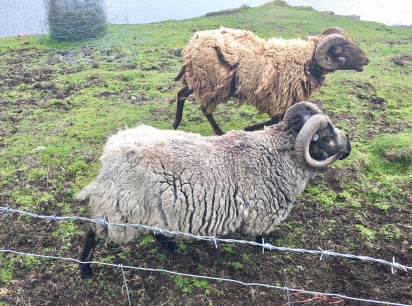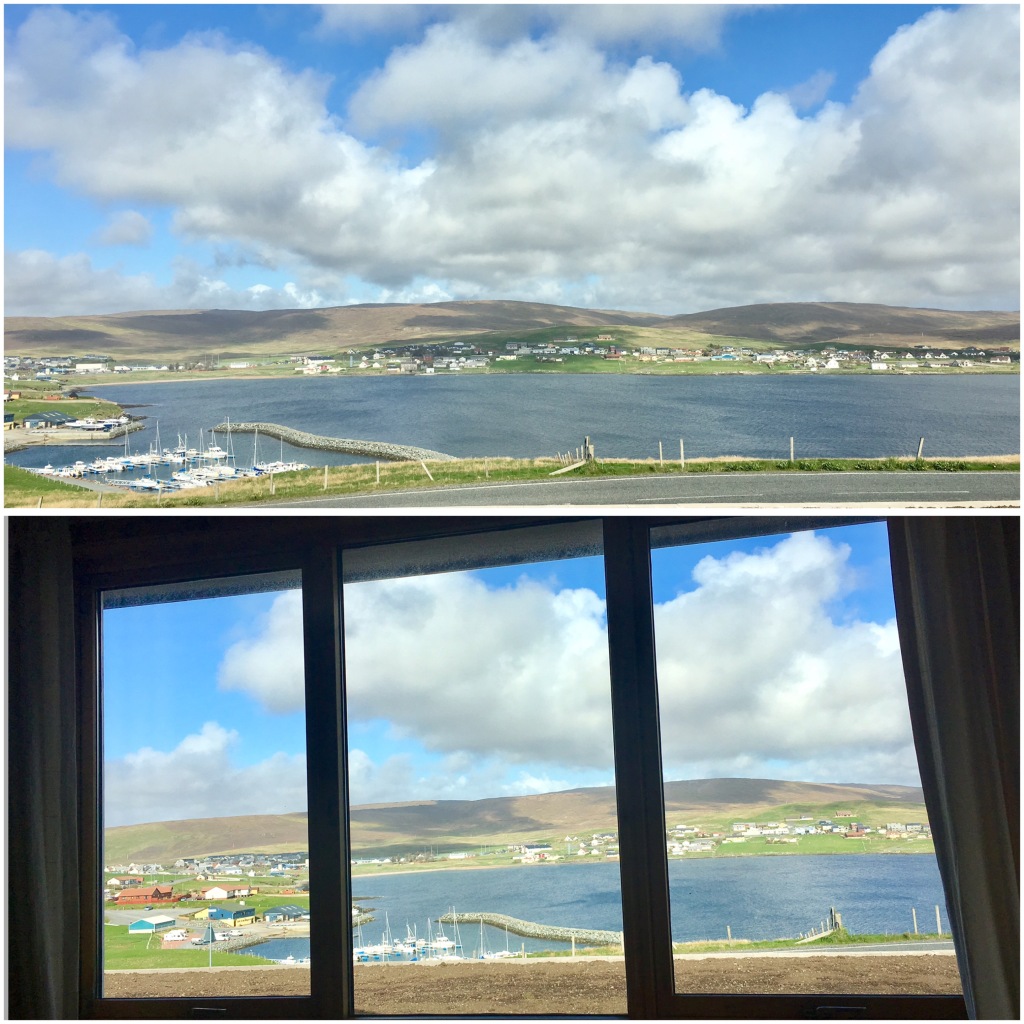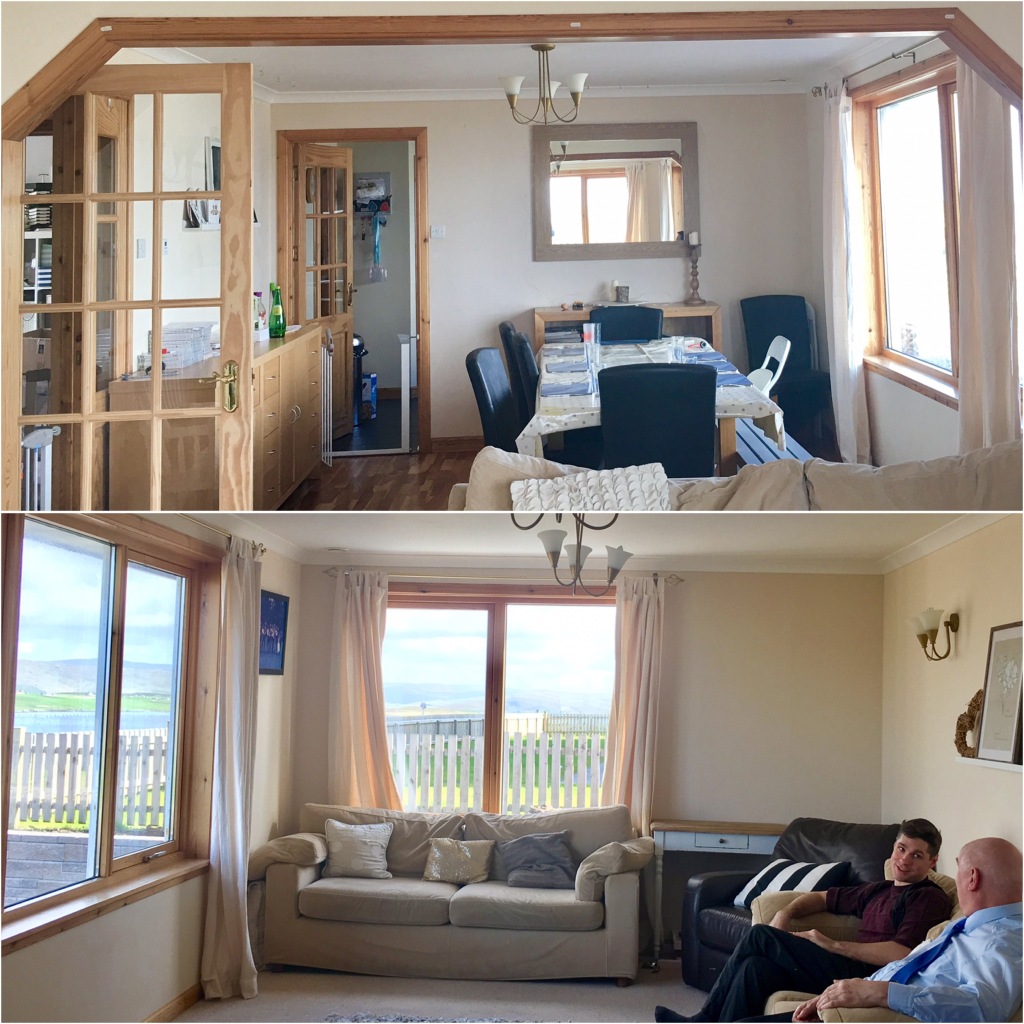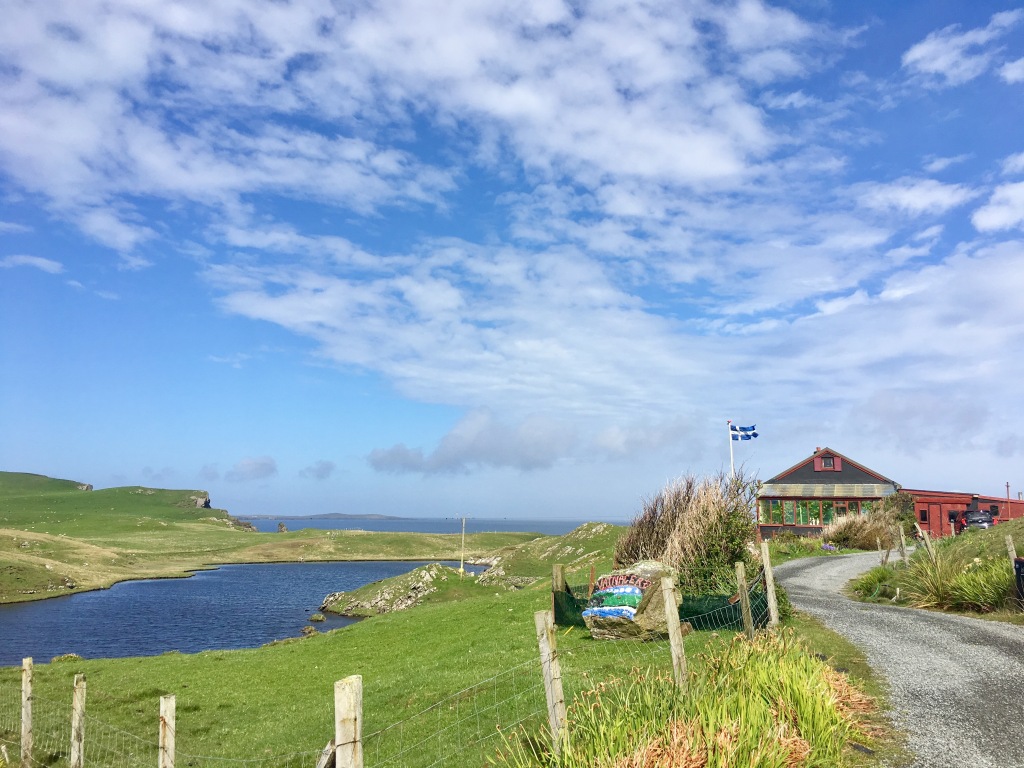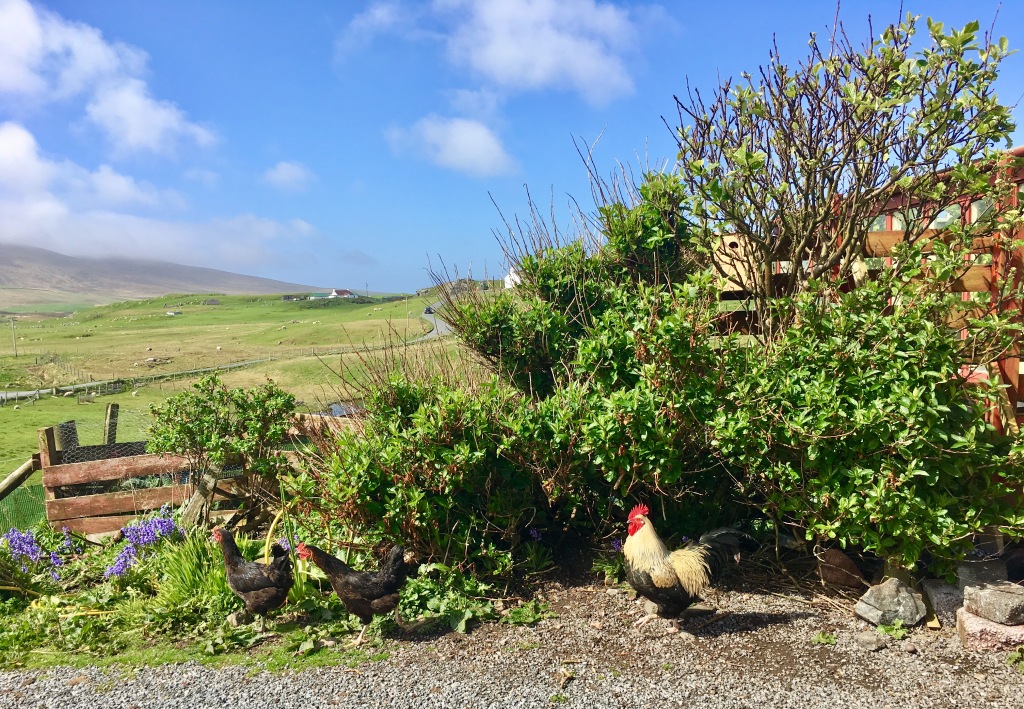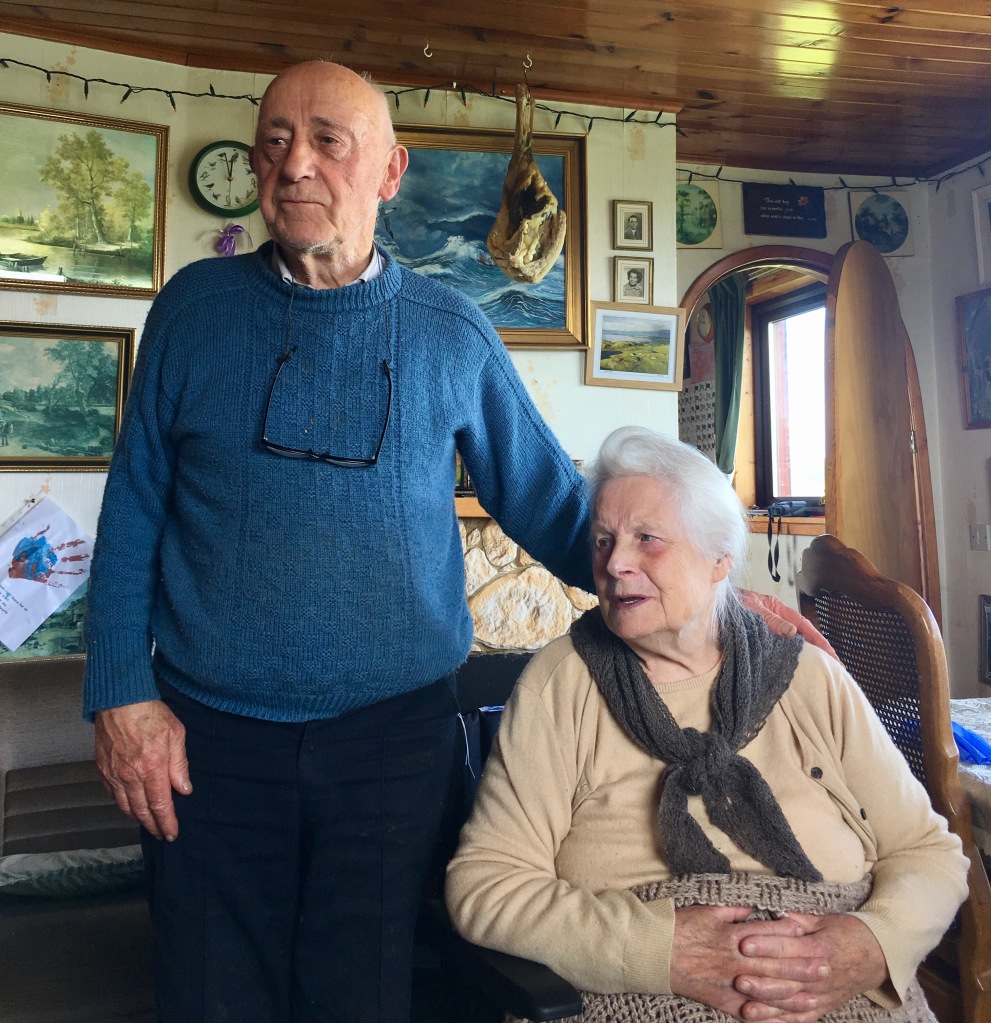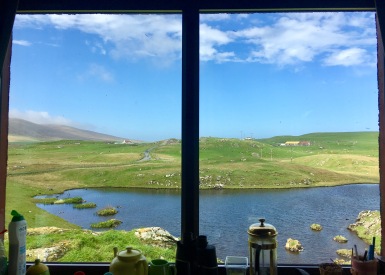THE SUNNE IN SPLENDOUR BY SHARON KAY PENMAN
This is one of the best historical novels I’ve read. Thanks to my friend Yasmin Cooper who mentioned this to me as one of her favourites and gave me a copy to read.The author explores some of the discrepancies in the Houses of York and Lancaster story covering the late medieval period. Anyone who is familiar with English history is well aware that the Wars of the Roses culminated in the brutal murder of Richard III in 1485 at the Battle of Bosworth. After Henry VII was crowned the new king of England, he married Elizabeth of York and their marriage symbolically brought an end to the Wars of the Roses and the unification of the white rose of York and the red rose of Lancaster that created the ‘Tudor Rose’ which is widely recognised as the floral heraldic emblem of England.
Although the novel is about Richard III, it is also as much about his older brother, Edward IV, and the latter’s rise to power and his sudden and unexpected death at the young age of 41. It was a very turbulent period of English history with the country pretty much divided into two factions, Lancastrian and Yorkist. Ms Penman gives us a gripping tale of England and Europe in the late Middle Ages — its social and political atmosphere. The author’s attention to details is exceptional with description of the terrible illnesses, childbirth, death, battles, and more importantly, the people, their faith and practice, and their relationship among themselves and with the nobility and monarchy.
The story starts during Richard’s childhood growing up in a large family; the tale of all the wars, power struggle and politics, from his perspective. By introducing Richard at such a young age allows the reader to understand his formative years and the circumstances that shaped his unique personality. The author presents Richard as a young man who, despite all the afflictions that affects his early life, is rather a visionary, ethical and honest. The author doesn’t portray him to be perfect — far from it; rather Richard’s character, his emotional and psychological frailties as well as strengths are put within a broader social context. The reader is given some insights and understanding as opposed to simply presenting some judgment on Richard.
The novel is also about an incredible love story in the custom and tradition of the day. Despite all the picture of war, the blood shed by men and women who sacrificed their lives for power, central to the theme of the novel is the love story of Richard and Anne Neville, his childhood friend, cousin, companion, and later on, his wife. Another love story is that of two domineering personalities, his brother King Edward and his queen consort Elizabeth Woodville. The couple were both endowed with remarkable physical beauty — Edward, a very tall and handsome king while Elizabeth was considered one of the most beautiful of English queens. Elizabeth is particularly presented in the novel as a cold-hearted woman who’s very aloof to her children and other members of her family, and who did whatever she could to retain control not just over her own life and that of her children’s but also as to cling to power and authority. Later in the book the reader comes to understand her motivations, her earlier manipulations to gain control are shed in a more sympathetic light.
As for all the other characters in this very long novel such as George Clarence, the Duke of Buckingham, Will Hastings, Jack Howard and many others, including a host of foreign kings, archbishops and other members of English nobility, ultimately it’s Richard, the main character of the novel, who shines.
There are not very many novelists like Miss Penman who can present a nine hundred plus pages and captures a reader’s interest. Although it took me a while to read this book, only because I read 2-3 history/biography books at a time, I was deeply fascinated and gripped by the heart-wrenching, tragic yet triumphant tale about this particular period of English history. As mentioned, this really is one of the best historical fictions I’ve ever read. It is an impressive narrative of the York family from the moment they become ‘Sunne in Splendour’ before their fall under the mighty hand of the Lancaster dynasty. This captivating novel immerses the reader into a historical period from beginning to end. I’d highly recommend this to anyone who loves historical fiction.

